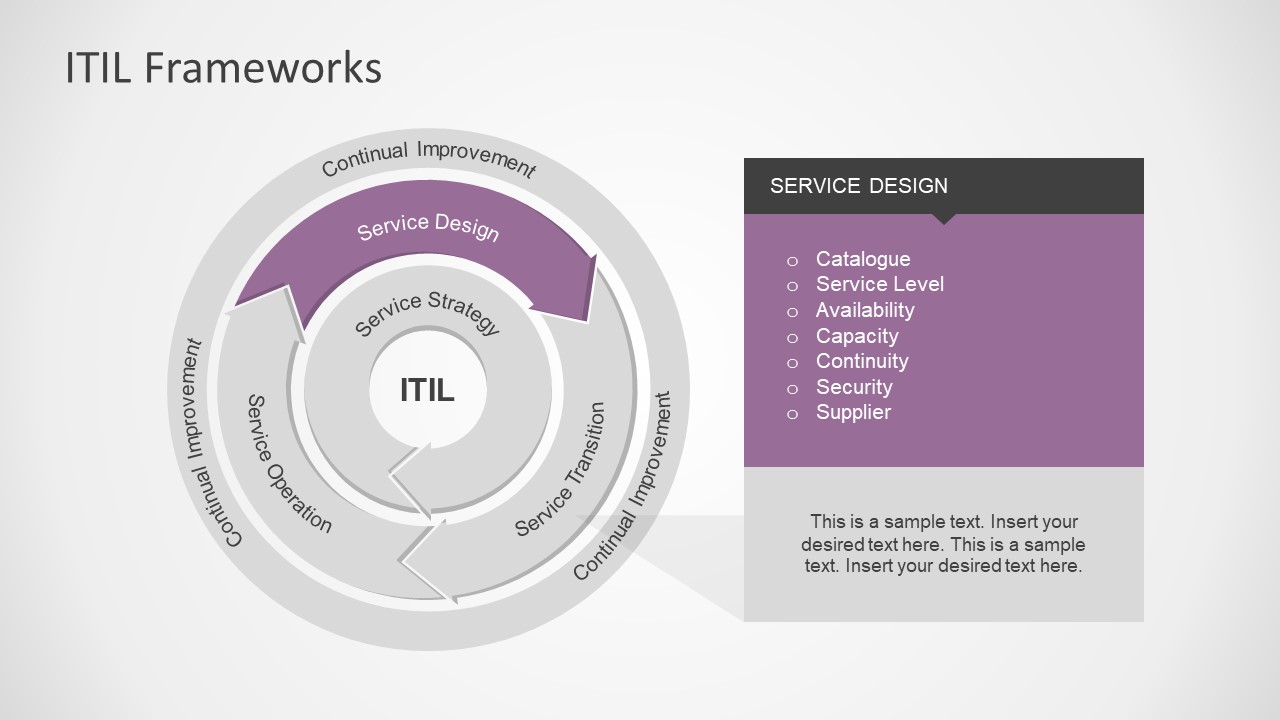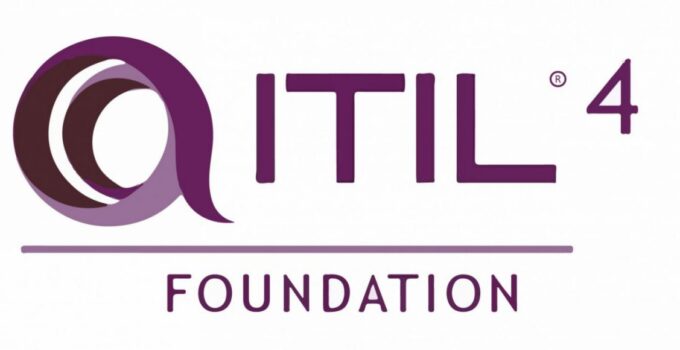The previous revision of the ITIL 3 methodology covers service management issues around processes. In the new version of ITIL 4 book, processes are replaced with practices. The changes affected not only the wording. Practices have become deeper and are considered in the context of creating business value. They take into account links to processes, people, their core competencies, technologies, and other aspects. This allows for a more holistic approach to service management.
In the article, we will focus on the specifics of 10 key ITIL 4 practices and analyze:
- what role they play in service management;
- how the approach has changed compared to the processes in ITIL 3.

Continuous Improvement
Within ITSM, all activities should be directed towards the provision of quality services and their continuous improvement. This is possible through regular analysis of results, problem management and knowledge management as an opportunity to reuse experience and resolve issues faster.
In ITIL 4, continuous improvement ideas are developed and integrated into service management practices themselves. At the same time, much attention is paid to the regularity and acceleration of the “action-reaction” cycle.
New in ITIL 4:
- taking an iterative approach to improvement;
- improvements may affect the interests of not only the consumer of the service, but also the customer;
- stakeholders need to express their needs and concerns, take risks;
- perfectionism is doomed to failure and blocks timely improvement;
- continuous improvement is commonplace;
- it is recommended to celebrate successful improvements;
- the use of a fast feedback loop is encouraged;
- it is necessary to learn from failures, and not to blame;
- the involvement of senior management is encouraged.
Incident Management

Source: bootcamp.com
Incident management practices are primarily focused on more quickly eliminating interrupted access to services and correcting their quality in accordance with business priorities.
In ITIL 4, one of the most popular practices is further developed: swarming principles are described for solving complex incidents (removal of an incident by self-organizing teams), prioritization is detailed for both the incident as a whole and for the incident, in relation to the team that eliminates it. Incidents are now treated as part of the overall service backlog, and “safe experiments” in the infrastructure are acceptable to resolve them.
New in ITIL 4:
- an incident may be handled by a group with a dynamic composition (swarming) rather than necessarily by a fixed group. At the same time, it is indicated that such a method is more expensive, incl. it makes it difficult to assess responsibility for the incident. Recommended for complex incidents;
- “safe experiments” can be used to diagnose incidents;
- prioritization is considered mainly from the point of view of the performer and in the context of the assignment to a specific specialist. For example, assigning an incident to a free specialist is also prioritization;
- very flexible prioritization is possible;
- priority (internal) can be separate for each support line;
- Kanban board can be used for prioritization;
- it is necessary to limit incomplete tasks (principle from Lean);
- incidents are part of the overall backlog;
- in some cases, after the incident is confirmed by the user, support staff or a manager can check it;
- classification of incidents using machine learning is highly desirable.
Problem Management

Source: pinterest.com
Problem management practices help prevent and eliminate the possibility of incidents or recurring problems by identifying relationships and taking action to address root causes.
ITIL 4 added depth problem management practices. Issues are now analyzed by processes, products, vendors and people, and they are built into the overall service backlog. Access to problem card registration may be limited, and risk management methods are applied to their processing.
New in ITIL 4:
- problems are analyzed in all aspects (principle 4P). For example, the problem may be in the contract;
- the volume of problems is regulated by access to registration of problems;
- risk analysis methods are applied to problems;
- problems are placed in a common backlog;
- it is acceptable to use Kanban boards and a Lean approach to control problems;
- a known error can be a separate problem object or parameter;
- when software is developed in-house, problems are easier to solve;
- the use of constant workarounds to prevent incidents increases technical debt;
- in complex, highly loaded systems, the problem may contain more than one cause, but several.
Service Request Management

Source: motadata.com
Service Request Management practices help handle user requests for new equipment or any other standard services.
ITIL 4 focuses on the maximum standardization of service requests, automation of their execution, and the strong influence of practice on overall customer satisfaction.
New in ITIL 4:
- service catalog view added to display only service requests;
- service requests should be standardized as much as possible;
- popular and uncomplicated service requests should be automated;
- Service request management practices have a strong impact on user satisfaction.




